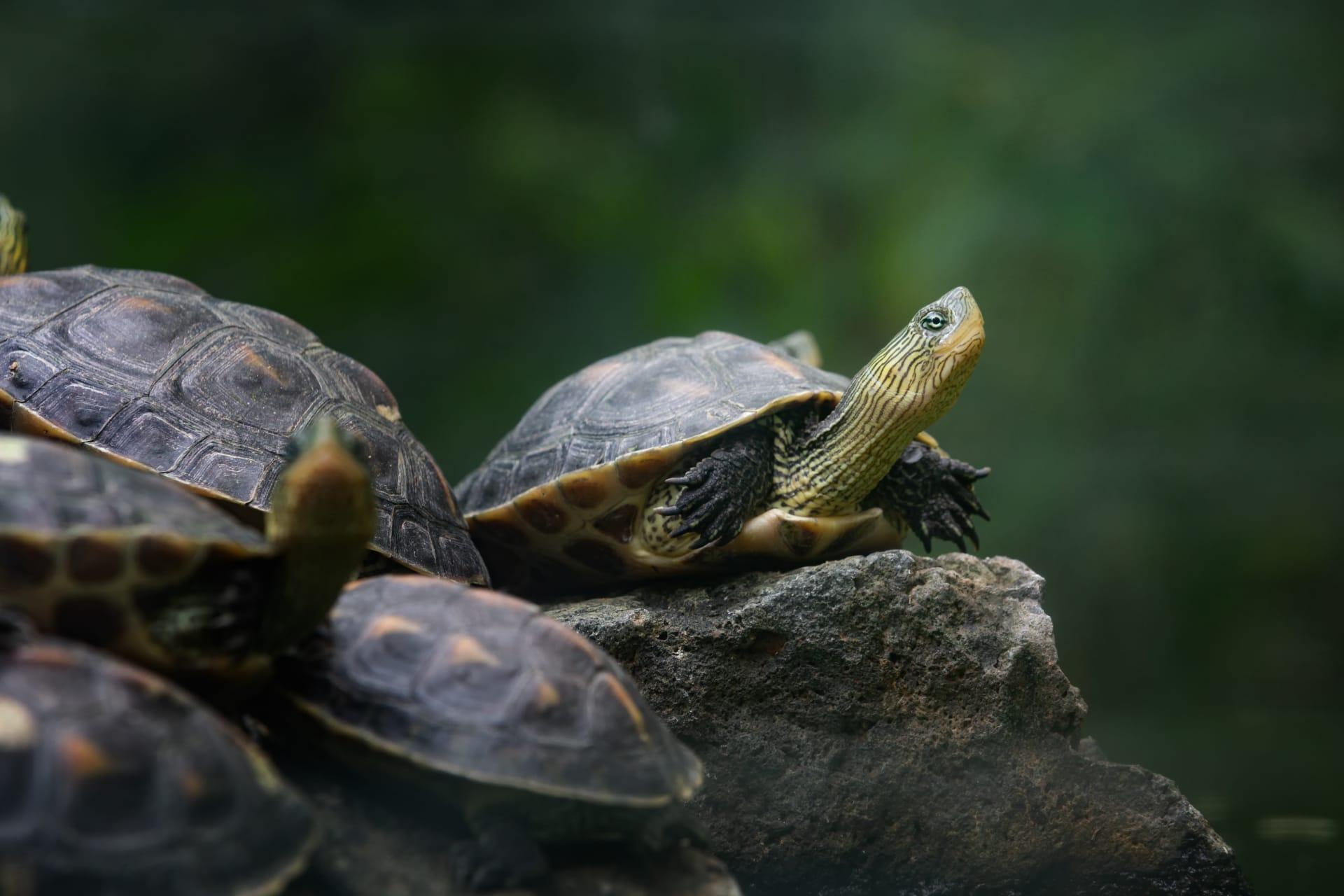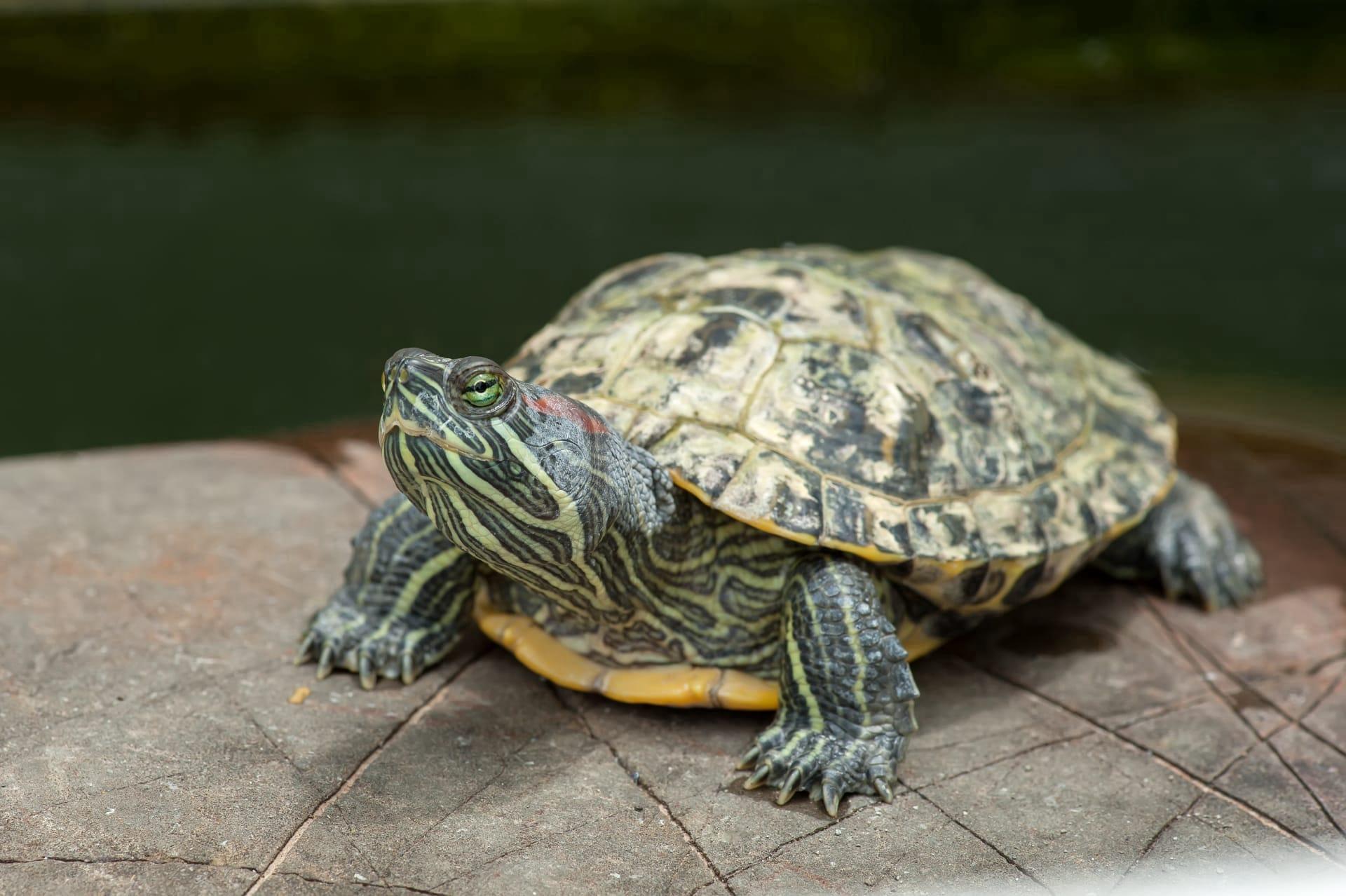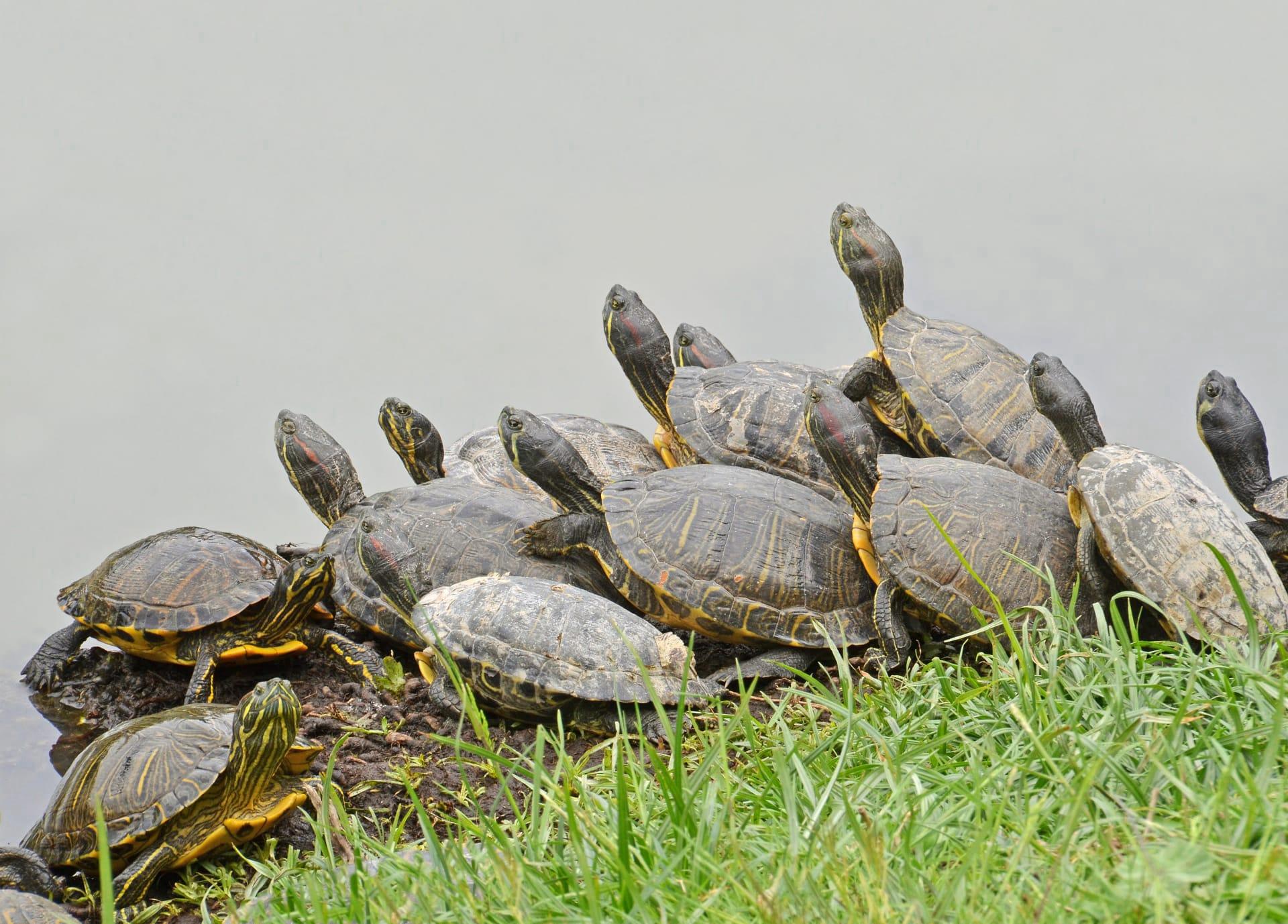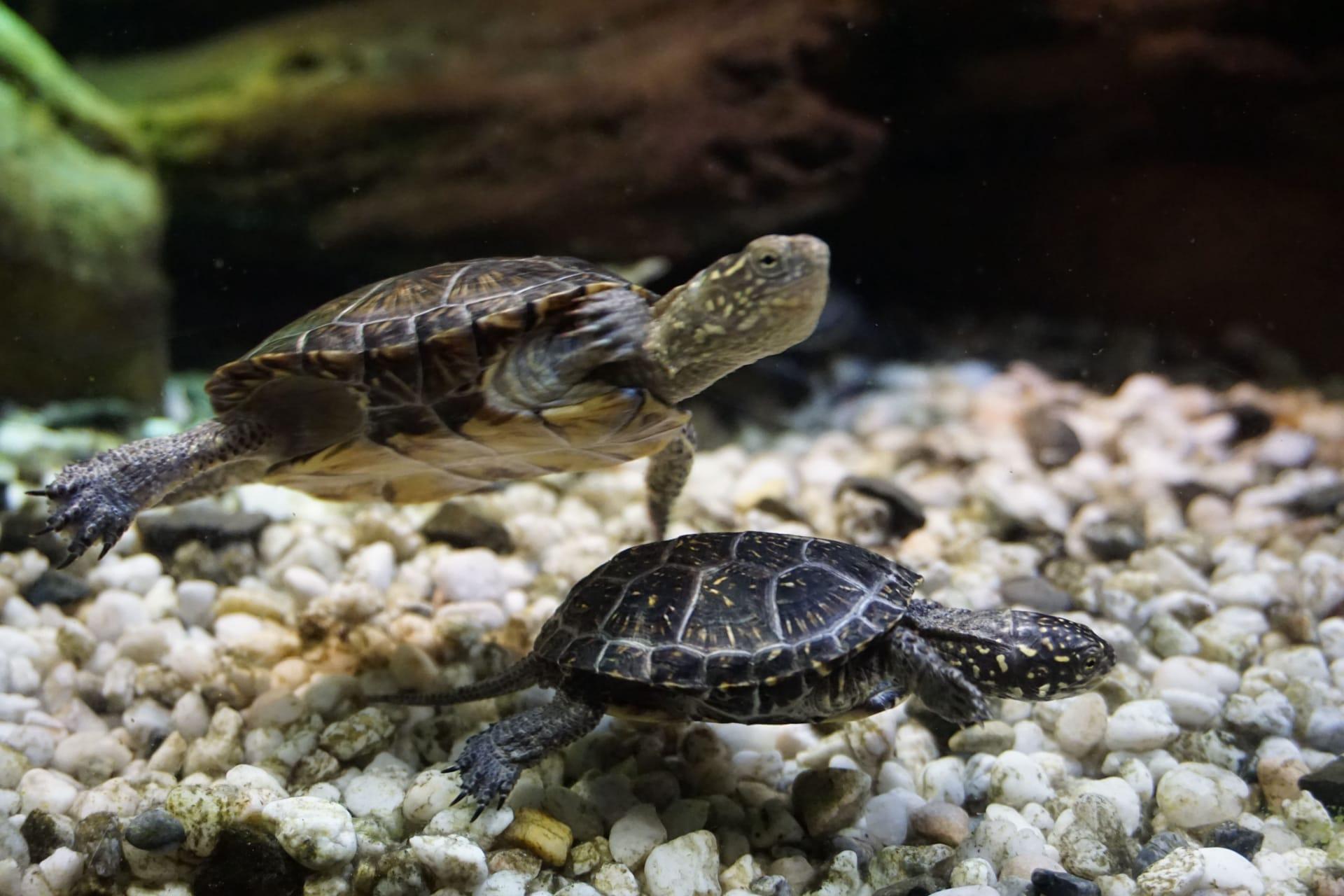Tortoises Characteristics
- Home /
- Mini Encyclopedia /
- Animal /
- Tortoises Characteristics
1
Tortoises are fascinating creatures, known for their distinctive shells and slow movement. They vary greatly in size, from the small Speckled Tortoise, which measures around 6 inches, to the giant Aldabra Tortoise, which can grow up to 4 feet in length. Life span also varies, with many species living over 80 years, and some, like the Aldabra Tortoise, can live beyond 150 years in captivity. This longevity places them among the longest living animals on Earth.
One of the most remarkable organs of a tortoise is its shell. Contrary to popular belief, the shell is not just a housing but a complex structure integral to their survival. It's made up of about 60 bones, including the spine and ribcage, and is covered in a layer of keratin scales known as scutes. These scutes provide protection and support, and their growth rings can help in determining the age of a tortoise. This shell serves as a shield against predators and harsh environmental conditions, playing a vital role in the tortoise's life.

2
Question: What do tortoises eat, and how does their diet affect their health?
Answer: Tortoises are primarily herbivores, feeding on a variety of grasses, leaves, and fruits. Their diet is low in fat and high in fiber, which is crucial for their digestive health. Some species, like the Russian Tortoise, also consume small amounts of animal protein. It's essential to provide a balanced diet to pet tortoises, as nutritional deficiencies can lead to serious health issues like shell deformities and metabolic bone disease. Supplements of calcium and vitamin D3 are often recommended to ensure shell and bone health.

3
Tortoises are not known for speed, but their movement is well-adapted to their environment. They have sturdy, elephantine legs that support their heavy shells and enable them to move efficiently on land. While they can't move fast, they are capable of traveling long distances in search of food or mates. Their slow and steady pace is an evolutionary adaptation that conserves energy in their often harsh and resource-scarce habitats.
As for feeding, tortoises have a relatively simple but effective approach. They rely on their keen sense of smell to locate food. Their strong, beak-like mouths are well-suited for biting and tearing plant material. Tortoises lack teeth but have sharp edges on their jaws to cut through tough vegetation. Their eating habits are slow and methodical, reflecting their overall approach to life.

4
Tortoises are found in a variety of environments, from deserts to wet tropical forests. Their specific habitat depends on the species. For example, the Gopher Tortoise lives in the sandy soils of North American forests and grasslands, digging extensive burrows for shelter. The Galapagos Tortoise, on the other hand, inhabits the volcanic islands of the Galapagos, where it has adapted to the varied microclimates from arid lowlands to humid highlands.
Reproduction in tortoises is a slow process, mirroring their general life pace. Females lay a small number of eggs, which they bury in the ground. Incubation periods vary but can last several months, depending on the species and environmental conditions. Hatchlings are entirely independent from birth, equipped with a small yolk sac to sustain them in their early days. Reproductive maturity can take many years to reach, with some species not breeding until they are over a decade old.

5
Book: "Tortoises: A Comprehensive Guide to Testudinidae" by James R. Buskirk, a renowned herpetologist, was published in the United States in 2005. This book provides an in-depth look at the biology, behavior, and conservation of tortoises. Buskirk's work is celebrated for its detailed descriptions of different species, their habitats, and the challenges they face in the wild, making it an essential read for enthusiasts and professionals alike.
Book: "The Secret Lives of Tortoises" by Jillian Summers, published in the UK in 2015, offers a fascinating glimpse into the world of tortoises. Summers, a wildlife biologist, combines scientific research with engaging narratives to explore the hidden behaviors and unique adaptations of these creatures. The book also discusses the role of tortoises in various cultures and the importance of conservation efforts to protect these ancient reptiles.